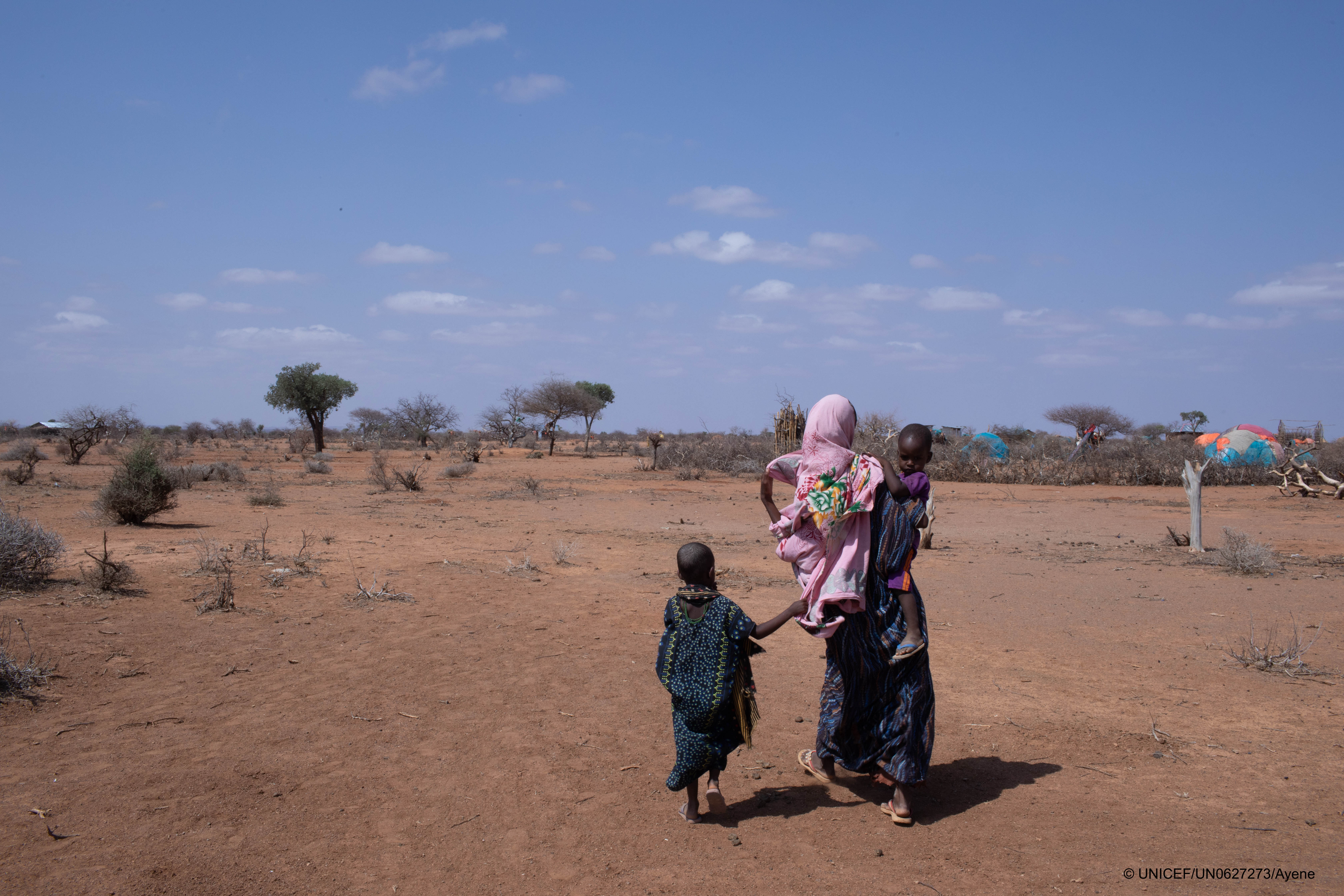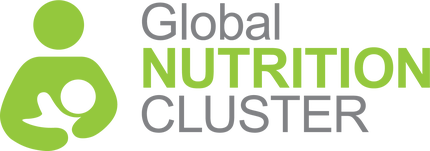Request support on coordination, information management, integration for nutrition outcomes or technical nutrition in emergencies assistance.
التماس الدعم لتنسيق التغذية وإدارة المعلومات والتغذية في حالات الطوارئ
Demander un appui pour la coordination de la nutrition, la gestion de l'information et la nutrition dans les situations d'urgence
Buscar apoyo para la coordinación de la nutrición, la gestión de la información y la nutrición en situaciones de emergencia
Solicite apoio para coordenação em nutrição, gestão de informação e nutrição em emergências

Ethiopia: Gender and Nutrition Analysis
The 2023 Humanitarian Response Plan (HRP) indicates that 7.4 million people are estimated to need nutrition assistance in Ethiopia. South-eastern Ethiopia where Borena region is located is facing the worst drought in 40 years after an unprecedented fifth failed rainy reason. Severe drought conditions have destroyed crops and dried up water sources, leading to widespread livestock deaths and forcing hundreds of thousands of people to give up their traditional pastoral lifestyle. The current drought is one of the key drivers of increased malnutrition in southern Ethiopia, enhanced by structural factors, including the low levels of education of women and girls, inadequate health infrastructure, a weak economic landscape, low immunisation rates, land policies, and flawed systems of governance.
With regards to gender-based violence, the GBV in emergencies coordination mechanism in Ethiopia has highlighted that the drought and the resulting displacement leave young girls especially vulnerable to sexual and physical violence and coercion, child labour, and early marriage. Cases of intimate partner violence, sexual harassment, assault, and rape have been reported as well. It was suggested that the risk of GBV increases in drought-affected areas as women and girls are forced to travel far distances to fetch water, while in other cases they are often left alone while family members are away looking for food or livelihood.
To address GBV, the Ethiopian Nutrition Cluster reached out to the Alliance and UNICEF to request support. This analysis identifies gaps and unveils opportunities for gender and nutrition and to highlight ways that the cluster, government, and partners best come together across all sectors to address these issues to better improve the situation of women and girls is in Ethiopia.
